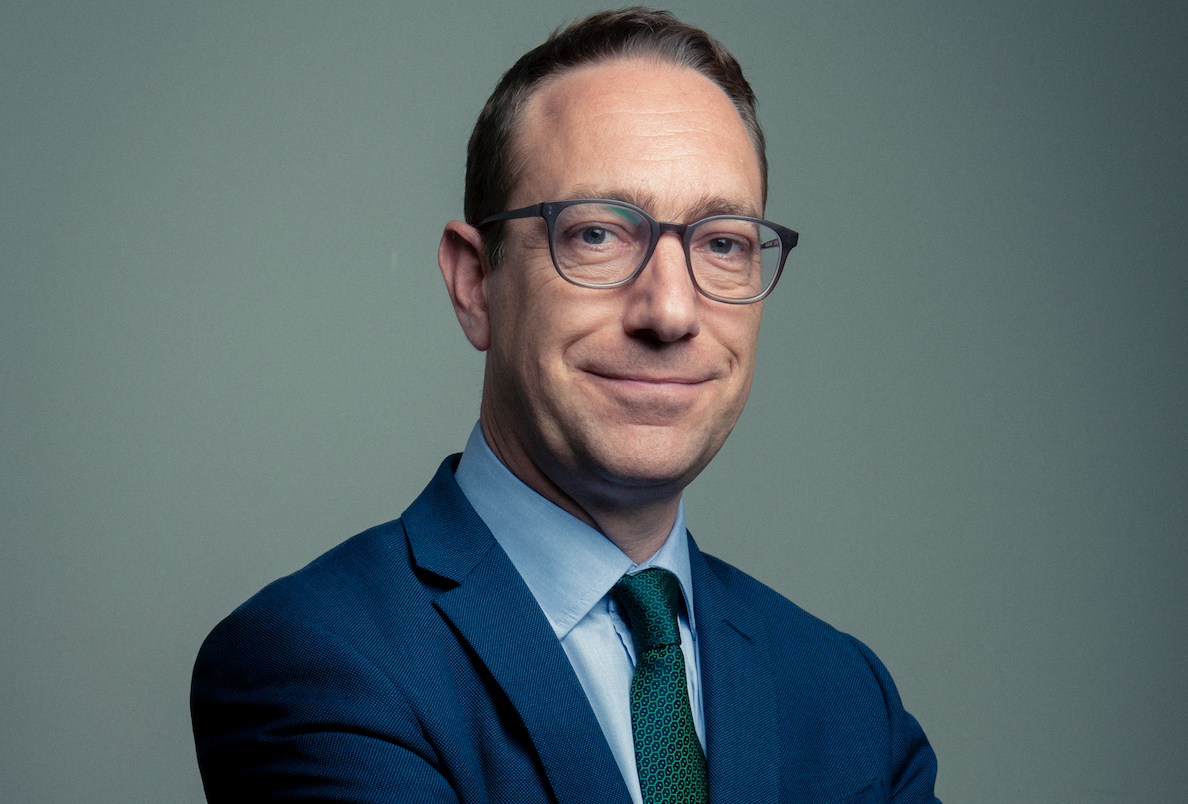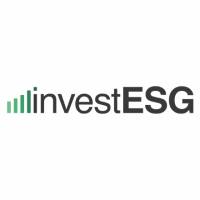
© WHEB Asset Management
INTERVIEW with George Latham, ASIP, Managing Partner. For further expert opinions please use the question-level hyperlink. Among other recognitions, WHEB Asset Management was announced as the winner of the inaugural Outstanding Achievement in Sustainable & ESG Investing Award at Investment Week’s 2020 Fund Manager of the Year Awards and Fund Management Boutique of the year at the Environmental Finance sustainable investing 2020 awards. Knowing the widely discussed impact investing challenges, what has been the key driver of your successful approach?I don’t think we can attribute the success that we have had to one key thing. Certainly, having a 15-year track record, and being described as the ‘original’ impact investor in listed equities has been helpful. Particularly at a time when so many new strategies are being launched. Our strategy has already been tested in changing market environments and we have constantly evolved, learning from our experience. There are few other managers of impact funds who can claim this.I think our philosophy is also very important. We see a symbiotic relationship between positive impact and attractive growing markets. WHEB’s strategy is focused on companies whose products have a positive impact, defined as ‘solutions to sustainability challenges’. Our resulting universe has strong structural growth potential, diversified across a range of end markets. We don’t see positive impact as a trade-off for financial performance. Quite the contrary: positive impact leads to superior growth and better returns. This is a compelling proposition to clients.Finally, I think our integrated approach to ESG is also a feature that is increasingly being adopted elsewhere in the market as other investors understand the interplay between ESG issues and long-term oriented investing. Our innovations in assessing and communicating impact have also helped position us as leaders in the field. Impact measurement is considered a major stumbling block by many asset owners. How does WHEB Asset Management tackle this challenge?Our approach to impact measurement has evolved with our experience over the past 15 years. From the outset we looked for companies whose products and services were a solution to a sustainability challenge, which are enabling and benefitting from the transition to a zero carbon and more sustainable economy, and whose unit sales growth is in lockstep with positive outcomes for the environment and/or society. We have organised the resulting universe with reference to five environmental and four social themes as described elsewhere.WHEB’s impact reporting is widely thought to be pioneering and to have set an example for others to follow. Our strategy was among the first listed equities to be recognised by the Global Impact Investing Initiative (GIIN), and we published the first impact report on a listed equity strategy in 2015. In that first report we moved beyond the simple categorization of impact by theme (or SDG) and introduced the idea of measuring the ‘intensity’ of positive impact across different themes, and identifying which holdings had more incremental benefits, and those with more intense or ‘breakthrough’ characteristics.In this past year we have further developed the granularity of our impact definition with the introduction of our ‘impact engine’. This tool captures five different dimensions of positive impact. This includes, for example, an assessment of the vulnerability of the client, the uniqueness of the solution and the scale of improvement from a baseline. It builds upon the pioneering work of others, such as the Impact Management Project and the Future Fit Foundation. The impact engine serves as a key input into our investment decision-making, formalising the impact ‘intentionality’ of each investment. Do you expect significant impact investing growth as part of sustainable recovery in overcoming the pandemic crisis?For many the pandemic crisis has highlighted the fragility of humanity’s relationship with the natural world. Despite the terrible toll the crisis has had in terms of lives and livelihoods lost, for many it has served to focus attention on the even greater challenge to come in terms of climate change and wider environmental degradation.The enormity of government support which has been pledged to tackle the pandemic and its economic impact has shown what is possible with governments act decisively and at scale. Many of the packages to rebuild economies have also contained a significant ‘green’ component. The crisis has also shown what is possible in terms of a societal reaction, as we have seen high levels of compliance and personal responsibility, as people have acted for the common good.In the short and medium term the crisis may well have accelerated the green energy and green mobility transitions. The collapse in the oil price as the crisis bit may have permanently weakened the fossil fuel energy complex and accelerated the adoption of clean energy. In the same way, as car production saw dramatic declines through the crisis, the proportion of electric and hybrid cars in the new production mix has risen dramatically towards what may be seen as a real tipping point for adoption.Working practices have changed markedly in a very short space of time. Changes including the adoption of video conferencing technology that might have taken years to adopt were embraced overnight. And consumption levels have fallen fast with dramatic changes to spending patterns.As a result, the impact and sustainable economy has demonstrated relative resilience through a time of economic and societal turmoil. Consequently, sustainable and impact investing has performed relatively strongly through the period. Interest in the space was growing rapidly before COVID-19 hit, but over the medium term the pandemic is likely, in our view, to accelerate growth in the space even further. How do you assess the role of impact investing in attaining SDGs? What opportunities and risks should institutional investors keep an eye on?The UN SDGs were written primarily for and agreed by the world’s governments. They have been picked up by the investment community as a framework for sustainable investing, but it is not a perfect framework. Many of the actual targets in the SDGs are public policy targets and are not targets that an investor can invest directly in. SDGs around peace, justice and inequality represent critical objectives for society. Companies can play their part by ensuring that they support these objectives by ensuring their activities are just and not fraudulent or corrupt. But they aren’t easily investable in the sense that you can invest in a company that sells a product that creates ‘justice’.Some of the SDGs are more directly investable in this sense. You can invest in a company that cleans and recycles water, or that makes renewable energy generation equipment that helps address climate change. When institutional investors assess the role of a particular investment fund in supporting the SDGs they should really be asking, ‘how do the investments support the SDGs in a tangible and measurable way’. What is it about the company and its products that support the SDGs and how is this assessed? brief bioGeorge Latham, ASIP, Managing PartnerGeorge has overall responsibility for managing WHEB Asset Management’s business, and plays an active role in business development and client relationships. As Chief Risk Officer he also provides oversight of the investment process and chairs the Investment and Risk Committee. Prior to joining WHEB, George led the award-winning SRI team at Henderson Global Investors. During his fifteen years managing UK and pan-European equity and managed funds, George was awarded ‘A’ and ‘AA’ Citywire ratings, nominated for Investment Week’s Fund Manager of the year and named in Citywire’s top 100 managers in the UK. He was also responsible for designing and launching Threadneedle Asset Management’s sustainable and responsible investment strategy during the late 1990s. George has a degree in Geography from Oxford University, and served as a British Army Infantry Officer, and holds UKSIP qualifications.

